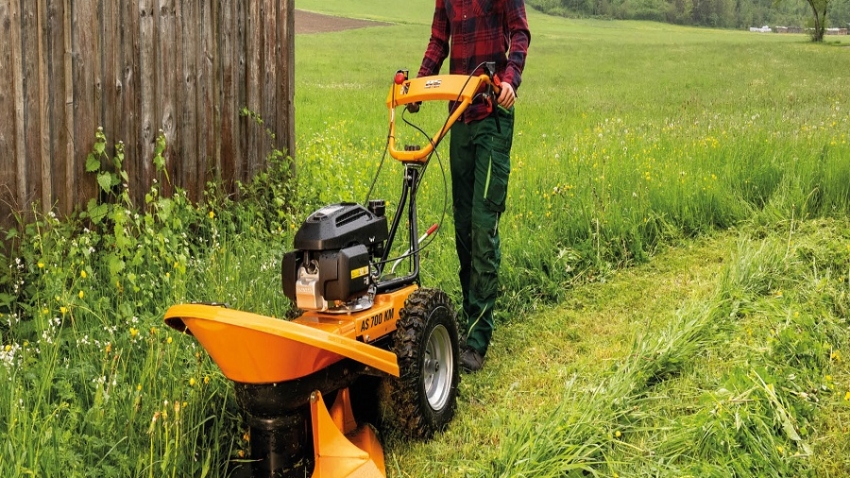
Who Invented The First Lawnmower: The Origins of Lawn Care
The Need for Lawn Maintenance Before Mowers
Before the invention of the lawnmower, maintaining a lawn was labor-intensive. People trimmed grass using scythes and sickles, tools that required skill and endurance. Wealthy estate owners employed teams of gardeners to manage their expansive lawns. In public spaces, grazing animals often kept grass short. This manual and inconsistent approach led to uneven turf and a desire for a better solution. The need for a more efficient method was clear. It paved the way for revolutionary inventions like the first lawnmower, a curiosity many attribute to Edwin Budding. Acknowledging this need highlights why ‘who invented the first lawnmower’ is more than a historical fact; it reflects a turning point in landscape management.
 Edwin Budding: The Inventor of the First Lawnmower
Edwin Budding: The Inventor of the First Lawnmower
The question of ‘who invented the first lawnmower’ points directly to Edwin Budding. Budding, an engineer from Stroud, Gloucestershire, England, saw the need for a machine to help in lawn care. The bulky scythes and labor-intensive methods in use could not match the growing aesthetic demands for trimmed grass. Budding partnered with local engineer John Ferrabee to devise a groundbreaking solution.
The Inspiration Behind Budding’s Invention
Edwin Budding found his inspiration from a machine in a local cloth mill. This machine used a cutting cylinder (or bladed reel) to trim cloth evenly. Budding saw potential for similar technology to maintain grass. He imagined a mechanical device that could cut lawns to a uniform height. His device would save time and reduce the manual effort once needed for lawn maintenance.
Key Features of Budding’s Lawnmower
Budding’s original lawnmower boasted several key features. It had a cutting cylinder formed of several blades. These spun around to slice the grass as the mower rolled forward. A rear roller flattened the grass, ensuring even cutting. Users could adjust cutting height, which was a novel feature at the time. A large wheel at the side of the cylinder allowed users to push the mower with less effort. Thanks to Budding, the first lawnmower transformed how people cared for their lawns.
Technological Advancements in Early Lawnmowers
The first lawnmower set the stage for rapid innovation. After Edwin Budding’s invention, changes improved efficiency and ease. These early advancements built the foundation for modern lawn care tools.
Enhancements in Design and Materials
Early on, metal became a preferred material, replacing wood for durability. Manufacturers added gears to ease pushing mowers over grass. The combination of metal and gears made mowers last longer and work better.
The Introduction of the Steam-Powered Mower
The 1890s saw the introduction of steam-powered mowers. These beastly machines could tackle larger spaces, once impossible for manual mowers. Yet, they were heavy and costly, limiting their use to wealthy estates.
Rise of the Petrol Engine and Motor Mowers
In the early 20th century, the petrol engine revolutionized mowing. It led to motor mowers, which didn’t rely on human or animal power. This innovation made mowing less strenuous and quicker than before. People could now maintain lawns with far less effort.
Grass Collection Mechanisms
Efforts to simplify lawn care didn’t stop at cutting. Grass collection systems emerged to prevent manual raking. These allowed the clippings to be collected as you mowed, saving time and energy.
These advancements were pivotal in shaping how we approach lawn care today. They paved the way for the vast array of equipment not only making maintenance easier but also more environmentally friendly and adaptable to various lawn sizes and types.
Impact of the Lawnmower on Society
When we contemplate ‘who invented the first lawnmower’, it’s not just about the inventor. It’s also about the vast social changes that followed. Edwin Budding’s creation went beyond simplifying grass cutting. It reshaped social norms and recreational practices.
Leisure Time and Lawn Sports
With easier lawn maintenance, lawns became spaces for leisure. Tennis, golf, and lawn bowls grew popular. People had more time to enjoy these sports since mowing became less time-consuming. This shift also boosted the turf industry. Demand for better playing surfaces meant more jobs in turf management.
Homeownership and Lawn Pride
Owning a lawnmower became a symbol of pride for homeowners. It represented the ability to maintain a neat lawn, reflecting personal diligence. Well-kept lawns were linked to social status. Budding’s invention indirectly influenced homeowners to value lawn care.
The Rise of Suburban Life
Lawnmowers facilitated the rise of the suburb. Suburbs often feature homes with lawns, a model of family and community life. The push mower’s affordability allowed more families to maintain such lawns themselves. This bolstered the ideal of a green space at every home.
Development of Public Parks
Public parks also flourished, thanks to lawnmowers. They made it feasible to upkeep large grassy areas. Parks became urban oases, essential for public health and wellness. Mowers played a role in creating these green retreats within cities.
Budding’s invention didn’t just answer ‘who invented the first lawnmower’. It revolutionized how society engaged with the outdoor environment. The lawnmower’s impact is seen in sports, suburban life, and our appreciation for well-maintained green spaces.
Other Pioneers in Lawnmower Development
While Edwin Budding is celebrated for inventing the first lawnmower, he was not alone in his quest for innovation. Other pioneers played a significant role in the development of lawnmowers, pushing the boundaries of what was possible with grass cutting technologies.
Innovations Across the Pond
In the United States, innovation did not stand still. Lurking in Budding’s innovative shadow were American minds ready to expand on his groundbreaking work. Among these were inventors like Elwood McGuire of Richmond, Indiana, who designed a lighter, more efficient push mower in the 1890s. This greatly reduced the labor required to maintain a lawn.
Ransom E. Olds and the Power Mower
Another notable figure is Ransom E. Olds, famously known for creating the Oldsmobile. Olds branched out into lawnmower design and built one of the first gasoline-powered mowers. This pioneering work in the early 20th century charted a new course for the future of lawn maintenance.
The Reel Mower’s Evolution
The original reel mower underwent many transformations. British and American companies experimented with various designs. They added multiple blades and introduced new cutting mechanisms. The sole purpose was to enhance precision and efficiency.
These individuals and their contributions were vital to shaping the current landscape of lawn care. Their efforts made it easier for homeowners and gardeners to achieve pristine lawns with far less effort than before. Their work laid the foundation for the modern, high-tech mowers we rely on today.
The Evolution of Lawn Mowing Equipment
The evolution of lawn mowing equipment is remarkable. From Edwin Budding’s first invention, lawn mowers have seen continuous change. New designs and technologies have transformed how we manage our green spaces. Let’s explore how this evolution unfolded.
From Manual to Motorized
The journey from manual reel mowers to motorized ones spans over a century. In the beginning, the push mower required physical effort. It was hard work. But with the onset of petrol engines, mowing became easier. People no longer needed to push; engines did the work.
Electric Mowers: A Quieter Revolution
Electric mowers arrived later and offered a quieter, cleaner alternative. These mowers needed an electric outlet but emitted no fumes. They appealed to environmentally conscious users and those with smaller lawns.
Riding Mowers: Comfort Meets Efficiency
For larger lawns, riding mowers were a game-changer. Sitting and steering made lawn maintenance less tiring. It became easier to cover more ground quickly and with less effort.
Robotic Mowers: The Autonomous Era
Today, we have robotic mowers. These marvels work on their own, guided by sensors. You can program them, and they’ll do the job while you’re busy with other tasks.
The Green Wave: Eco-Friendly Innovations
Recent trends in lawn care focus on sustainability. New mowers use less energy and make less noise. Some even come with solar panels or are completely manual but much easier to use.
With each step in this evolution, mowing has become less of a chore and more of a task easily checked off a to-do list. These innovations not just conserve energy but also offer convenience, transforming the humble mower into a smart device. The keyword ‘who invented the first lawnmower’ stands as a gateway to this transformative historical narrative.
Preservation and Celebration of Lawnmower History
In acknowledging ‘who invented the first lawnmower,’ it’s essential to preserve and celebrate this history. Edwin Budding’s invention laid the groundwork for the modern world of garden maintenance, but the story doesn’t end with his reel mower. Today, enthusiasts and historians take various steps to honor these technological milestones.
Museums and Exhibitions
Across the world, museums and exhibitions dedicated to garden machinery pay homage to Budding and his peers. They showcase the transformation of lawn mowers from the original designs to the high-tech versions of today. These displays not only educate but also intrigue visitors with the rich timeline of innovation.
Collectors and Restorers
Collectors and restorers play a key part in preserving lawnmower history. Many individuals cherish vintage mowers, dedicating time to restoring them to their former glory. These enthusiasts help keep the spirit and ingenuity of the early lawnmower inventors alive.
Commemorative Events
Commemorative events such as anniversaries of significant milestones in lawnmower development provide an opportunity to reflect and appreciate. Such events often feature talks, demonstrations, and even ‘mow-offs’ – competitions to show the skill and efficiency of different mower designs.
Literature and Documentation
Books, manuals, and scholarly articles document the evolution of the lawnmower. Historians and authors delve deep into the subject, ensuring that the legacy of ‘who invented the first lawnmower’ continues to be shared and celebrated for generations to come.
By preserving and celebrating the history of the lawnmower, we not only honor pioneering inventors like Edwin Budding but also inspire future innovations. The story of the lawnmower is a testament to human ingenuity and its ability to transform everyday tasks into something more efficient and enjoyable.




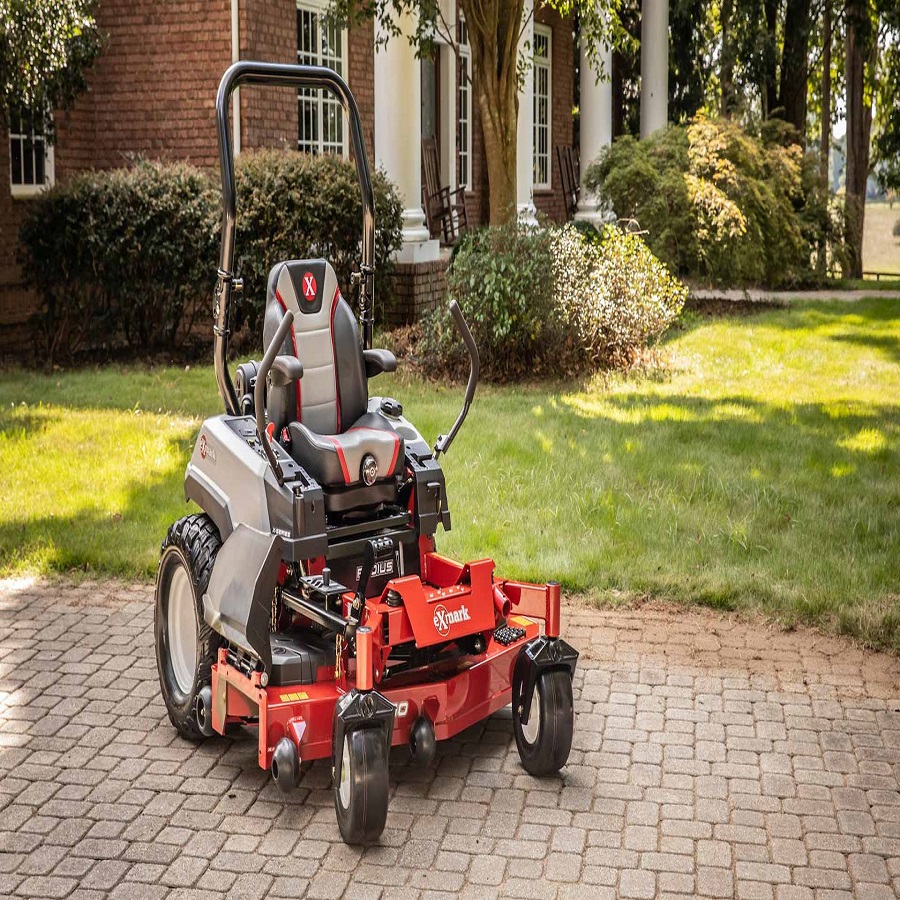
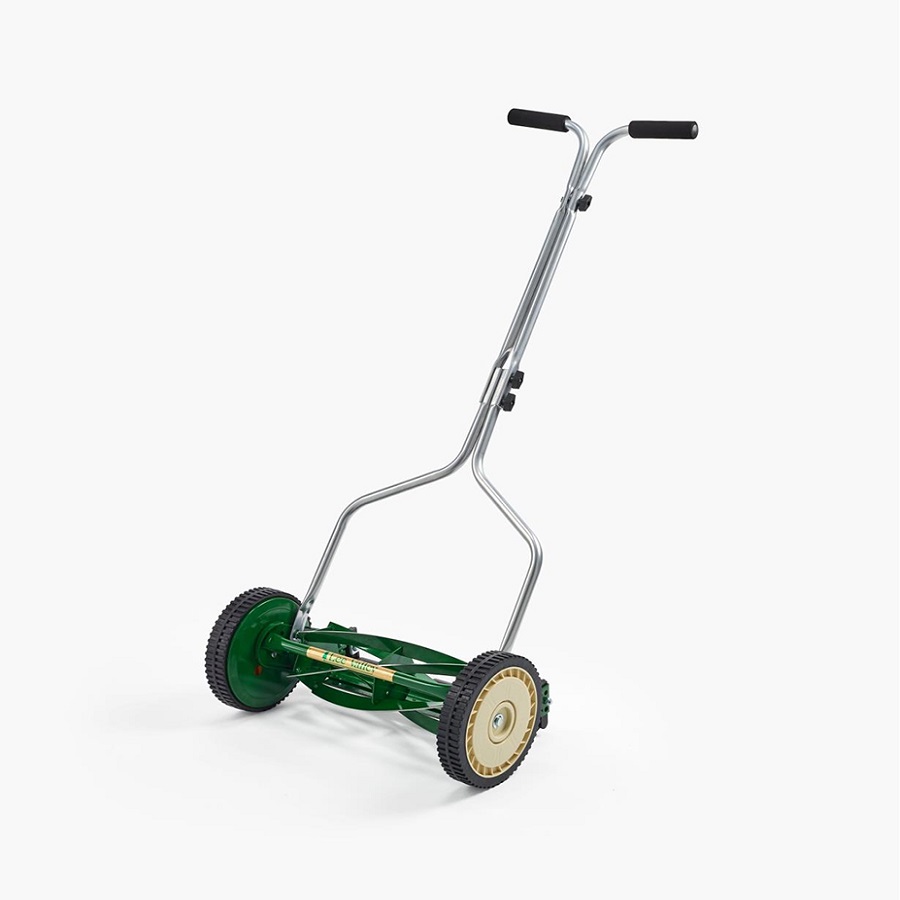


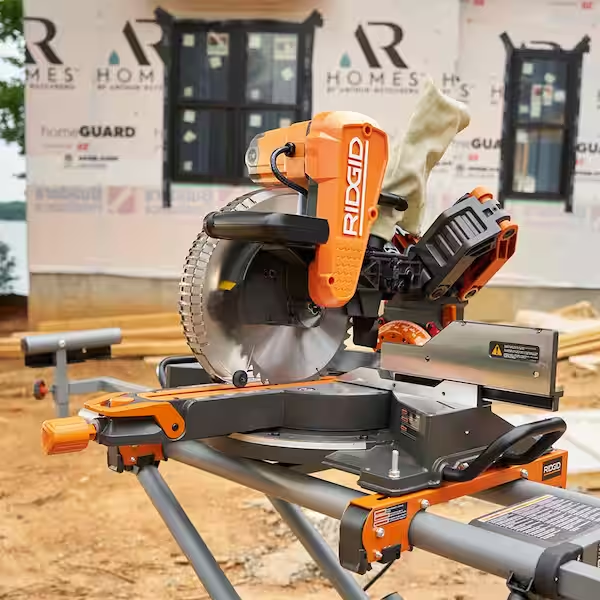

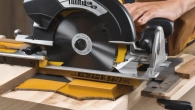

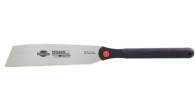
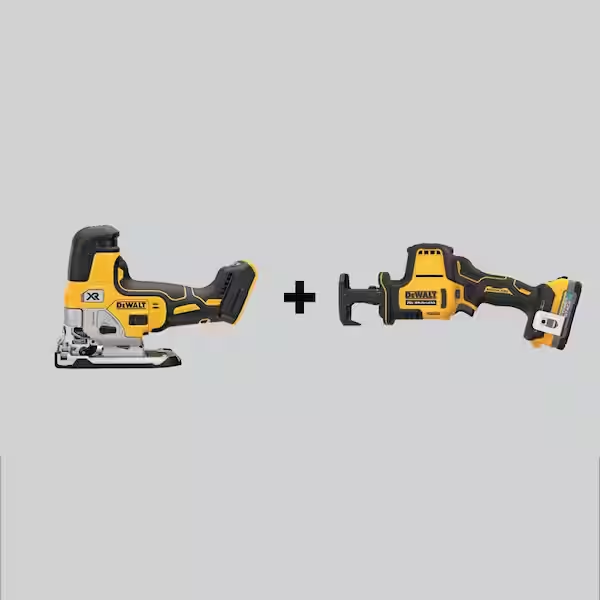
Leave a Reply